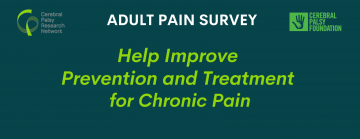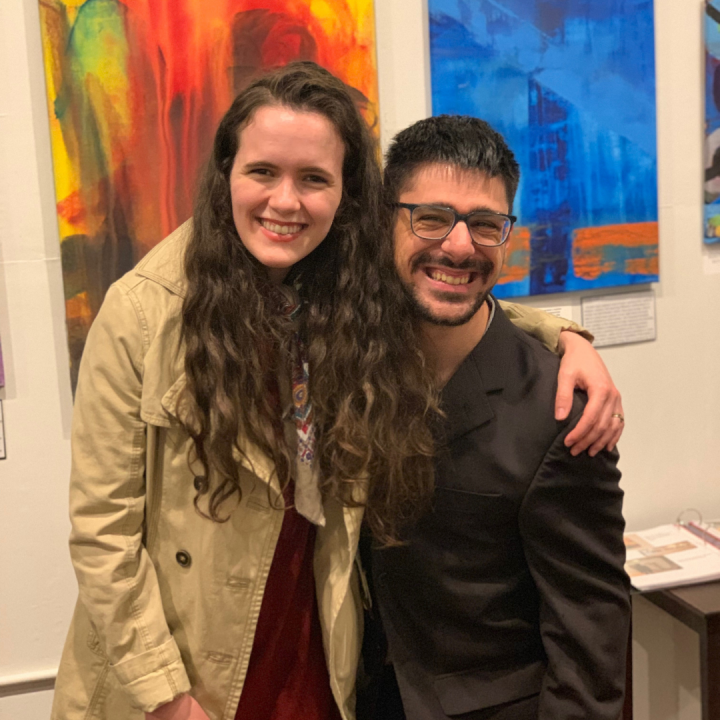
There are 17 million people in the world with cerebral palsy and most of them are adults. Yet, most of the research for cerebral palsy is for children.
If you are an adult with cerebral palsy, YOU can help researchers learn about and understand your urgent concerns. Researchers with Cerebral Palsy Research Network need hundreds more survey responses from adults to gather the information needed to help Prevent and Treat functional changes and pain.

Who Qualifies? All adults with cerebral palsy age 18 and older
What will I be asked to do? Take a 20 minute survey about wellbeing, aging and pain. *May take longer if you have a lot of comments or if you need assistance to answer the questions.
What will the survey ask?
- Basic information about age, education and work
- Information about how cerebral palsy impacts your abilities
- Changes in your ability to move, use your hands, or communicate
- If you have chronic pain
- If you do have chronic pain, you will be asked more in-depth questions about pain intensity, impact, and treatments
- Your overall health and wellbeing
- If you think people treat you different because you have cerebral palsy
Why should I participate?
- To help researchers and clinicians better understand and treat pain and functional decline in adults with CP
- To improve care for adults with CP
- To stimulate planning for programs and policy changes
Who should I contact for questions or concerns?
If you have any questions or concerns, please contact us!
Contact: Paul Gross at Paul@cprn.org or by phone at 402-302-2776 (CPRN).
Having more information from a large group of people who have chronic pain about where their pain is, how much it interferes with their day, how long they have had it, and what treatments work will also allow is to identify common patterns, and develop treatments to prevent or reduce decline.
